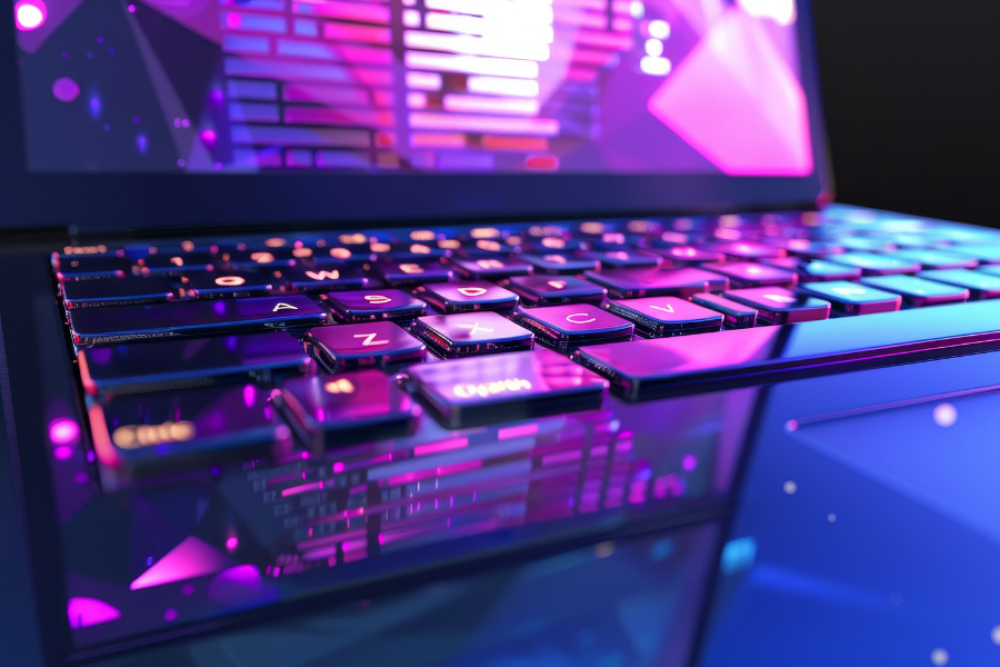Liveness detection in biometrics: Frequently asked questions Written on

Are you curious how liveness detection works and why it's crucial for your business security? This FAQ article provides comprehensive answers to common questions about this cutting-edge technology.
If you’re concerned about protecting your business and your customers, this guide will help you understand the importance of liveness detection in biometric authentication and identity verification systems to fight presentation attacks.
What is liveness detection in biometrics?
Liveness detection is a technology employed to counter presentation attacks in biometric authentication. Verifying that a live person is present during facial recognition or fingerprint scanning, helps prevent fraud and ensures the authenticity of biometric verification. Systems can employ either passive or active methods.
Liveness detection can be either active or passive. Active detection involves users performing specific movements or actions, such as head turns or blinks, to prove they're a live person. Passive detection, on the other hand, doesn't require any user input and relies on analyzing subtle cues in the image or video.
What are presentation attacks?
Presentation attacks exploit a weakness in biometrics: relying on the presented feature (like your face) being real. Attackers trick the system with a fake biometric sample, like a high-quality photo, a silicone mask, or even a video.
There are two main types of presentation attacks:
- Physical objects: These mimic a user's features, such as high-resolution photos, silicone masks, or 3D-printed replicas.
- Synthetic biometrics: Synthetic biometrics, or deepfakes, are created using digital manipulation techniques to generate fraudulent biometric data. By altering existing photos and videos or synthesizing entirely new data using deep learning algorithms, attackers can fabricate fake identities or steal existing ones.
How does liveness detection work?
Liveness detection verifies whether a biometric sample (like a face or fingerprint) comes from a real, live person. It works through active or passive methods:
-
Active liveness detection: Requires users to perform actions like blinking, smiling, or turning their heads to prove they’re real.
-
Passive liveness detection: Operates in the background, analyzing image characteristics such as texture, light reflection, and motion without requiring user interaction.
What are the benefits of passive liveness detection?
Passive liveness detection is a cutting-edge AI-powered method that ensures the authenticity of a face presented to a facial recognition system. Unlike traditional liveness detection methods that require users to perform specific actions, passive liveness operates seamlessly in the background, analyzing various image characteristics to detect potential spoofs.
By examining elements like skin tone, borders, texture, and the presence of masks or cutouts, passive liveness algorithms can identify signs of a fake face. This covert approach makes it more difficult for fraudsters to circumvent the system.
Youverse's identity verification solution provides a secure and efficient user experience, fully compliant with the ISO 30107-3 standards. This approach offers the following benefits:
- Speed and convenience: Passive liveness enables quick and easy onboarding for new customers, enhancing the user experience.
- Frictionless process: By eliminating the need for additional actions like camera zooming or blinks, passive liveness streamlines the signup or login process, reducing abandonment rates.
- Enhanced security: The covert nature of passive liveness detection makes it more challenging for attackers to spoof the system, ensuring a higher level of security.
Why is liveness detection important?
Liveness detection is crucial for ensuring the security and reliability of biometric authentication systems. It helps prevent fraud by making it more difficult for attackers to spoof or bypass authentication processes using fake biometric data. This is particularly important in applications such as mobile payments and identity verification.
Why Is liveness detection essential for businesses?
Liveness detection is a game-changer for organizations that rely on biometric authentication. It ensures the integrity of identity verification in key industries:
-
Financial services: Prevents identity fraud in digital banking, mobile payments, and account access.
-
iGaming and online gambling platforms: Protects against fake accounts and unauthorized transactions.
-
Mobility services: Secures access to sensitive data and ensures compliance with security regulations.
Conclusion: Security meets convenience
Liveness detection is the backbone of secure biometric authentication. Businesses should choose solutions that strike the right balance between security and user experience. With passive liveness detection, organizations can strengthen fraud prevention while ensuring a seamless, frictionless authentication process for their users.
For more insights on biometric security, see our solutions and discover how our cutting-edge technology safeguards your digital identity.






